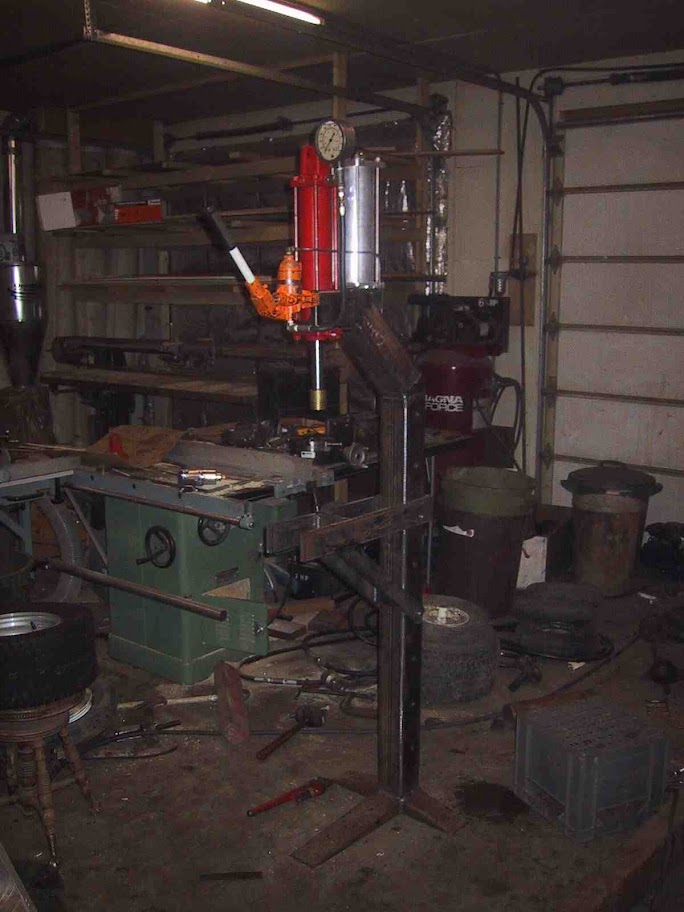rabdouglas
Member
- Joined
- Sep 11, 2011
- Messages
- 14
- Reaction score
- 0
hi there
this is my first thread for me, i am building a small press with a pneumatic cylinder to use for broaching keyways in small bores, I must admit it is not so exciting as the other post on here but it is my first, I am going to try and upload some photos of the start of the project,
regards rab
this is my first thread for me, i am building a small press with a pneumatic cylinder to use for broaching keyways in small bores, I must admit it is not so exciting as the other post on here but it is my first, I am going to try and upload some photos of the start of the project,
regards rab





